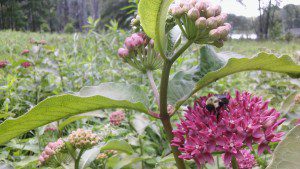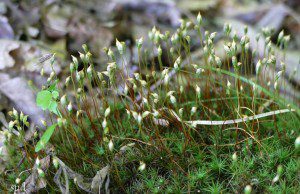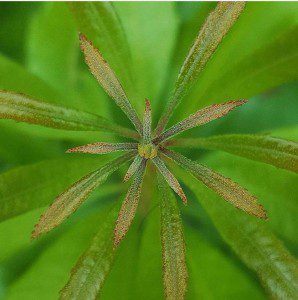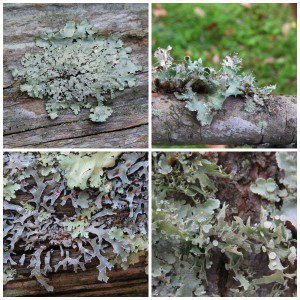A Summer Intern Speaks Out
The listing of the Rusty Patched Bumblebee, (Bombus affinus), on the Endangered Species Act hit me as a surprise. It made me begin to think about bee habitat and how little the public knows about how to help this species. This bumblebee, along with many other pollinators, needs cover for protection throughout the year, but…
Eastern Red Cedar in the Landscape
Though many view Eastern Red Cedars, (Juniperus virginiana), as weeds in abandoned sites, we love the native Cedar for its sturdy evergreen structure in the landscape. In our native plant landscape designs, here at The Natural Garden we use Red Cedars as a dense native hedge or scattered in groups in savanna and meadow plantings. As…
Walk With A Botanical Bunch
Many are the pleasures of a stroll into shady woods or floriferous meadows on a fair summer’s day. Exuberant spring is spent and plants still verdant and youthful now assume attitudes more calm and serene. But when you go out to walk with a Botanical Bunch, you can forget serenity. What you get is a…
Iris and Iridaceae Taxonomy Overview in Flora of Virginia
Worldwide, Iridaceae, the Iris Family comprises 65 genera and approximately 6700-7170 species. The growth forms of this family range from herbs to shrubs with all of our species being herbaceous. The Iris Family or Iridaceae was named by A.L. de Jussieu in 1789. This family was first recognized by John Ray in 1703 as a separate…
The Lycophytes
While I was writing about ferns and mosses, I became aware of other plants that could not be ignored, since some are very common here, such as Ground-pine and Running-cedar. These plants are Lycophytes, which happen to be the first entry of Taxonomic Treatments in the Flora of Virginia, on page 137. Lycophytes are followed by…
Evergreen and Creepy: It’s Winter Creeper!
Winter Creeper, (Euonymus fortunei), with its glossy evergreen leaves, is easy to spot in the woods right now. This member of the Bittersweet family, (Celastraceae), is native to China, Japan and Korea. Introduced here as an ornamental plant, Winter Creeper, also known as Creeping Euonymus, has escaped cultivation, according to the National Park Service, and…
Old-Age Forest at Chapman State Park
The old-age forest section of Chapman State Park is a fascinating and regionally unique meeting ground for plants with a primary range in the inner Piedmont and mountains and those of the Coastal Plain. This section extends from the low river terrace and extensive Water-willow Shrublands along the Potomac River to the marl cliffs and…
The Preservation of Remnant Native Oaks in Urban and Suburban Areas
I and others have recently received inquiries regarding cases of oak decline and death throughout Arlington County and the City of Alexandria, Virginia – oak species (Quercus spp.) being the dominant and characteristic trees of the upland landscape in both jurisdictions. In all cases over the years, I have not seen any evidence of disease…
Lovin’ the Lichens!
The 2016 VNPS Annual Meeting was a lot of fun; full of laughter and mingling with old friends as well as making many new ones. The highlight of the weekend for me was a Lichen Walk at Wildwood Park. To our delight only four of us joined Gary Cote for the walk, and we were…




